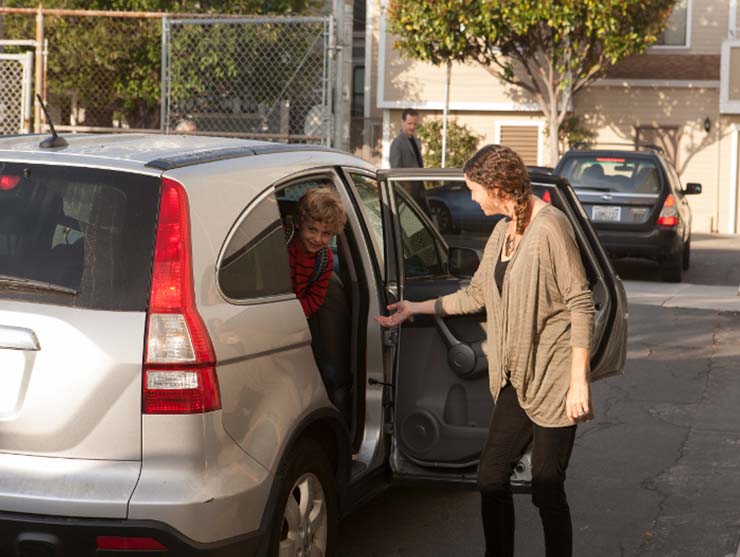Remember March 2020?
In children’s book terms, we were all Alexander in our shared version of a terrible, horrible, no good, very bad month.
Still, for all the apocalyptic fears of the March that went on forever, there was one thing we didn’t have.
Choices.
True, we were all stuck at home. But whether you worked onsite or by remote, at the end of the day, home was the only place to be. There were no in-theater movie releases to think about; no dinner invitations to consider; no sleepovers to parse.
It was all lockdown, all the time.
To be sure, no one wants to go back to that. But as the pandemic falls and rises and rises again, the fuzzy lines are confounding. How do you decide what to do about…anything? How do you parse decisions when even purportedly instructive headlines (“How to decide whether to travel”) can be wishy washy (“it’s up to your level of risk”)?
How do you find the right way to decide and respond when there’s no single roadmap?
Alas, there is no single right way. But you can at least try to feel good about the choices you make. A few ways to do that:
1. Own your boundaries: How’s your sister/cousin/colleague/nosy neighbor handling the pandemic? It doesn’t matter. Whether you’re comfortable dining in restaurants or sticking to takeout at home, there’s no one right choice – only the choice that’s right for you. Own your boundaries, no guilt required.
2. Speak up plainly: If ever there was a time to be direct, this is it. Declining an invite? “No, thank you. I’m just not comfortable with that yet.” is plenty. Want to know if a group will be vaccinated, ask. On the flipside, don’t take it personally (or heaven knows exert pressure) if a friend or family member isn’t ready to take you up on an invitation.
3. Resist surfing for affirmation: Yeah – we’ve all done it; made a decision and then doomscrolled our way to unmaking it. Mass quantities of information mean you can always find a story about how the very thing you’re about to do went tragically, tragically wrong. There’s a reason doomscrolling was the 2020 word of the year. Resist. Find your few trusted resources; make your decision, follow what you know about safety. Do the best you can.
4. Talk to a professional. We’re not talking therapists (though in the current time of world, that’s always a good thing). In this case, we’re talking about checking in with your doctor who might have some professional perspective and knowledge to go with all that conflicting news. Side note: doctors as we know are a little busy these days, so such questions are best asked in regular or appointments or via messaging through provider platforms.
5. Change the conversation: For some of us, just the topic of COVID raises our anxiety level to Defcon 1. Worse, it makes us rethink decisions. If talk turns dramatic (“OMG, did you read about….?”), exit gracefully. As one therapist told the New York Times, “Say something affirming and sincere — ‘Yes, these are really hard times’ — and then move to a different subject.”
Finally, as you’re treading those fuzzy lines, remember all the precautions you’ve taken and cut yourself some slack. Anxiety and reevaluation is normal as things change…and change again.
In the (paraphrased) wise words Ma Ingalls once told her TV daughter: Did you do your very best? You can’t ask more of yourself than that.





